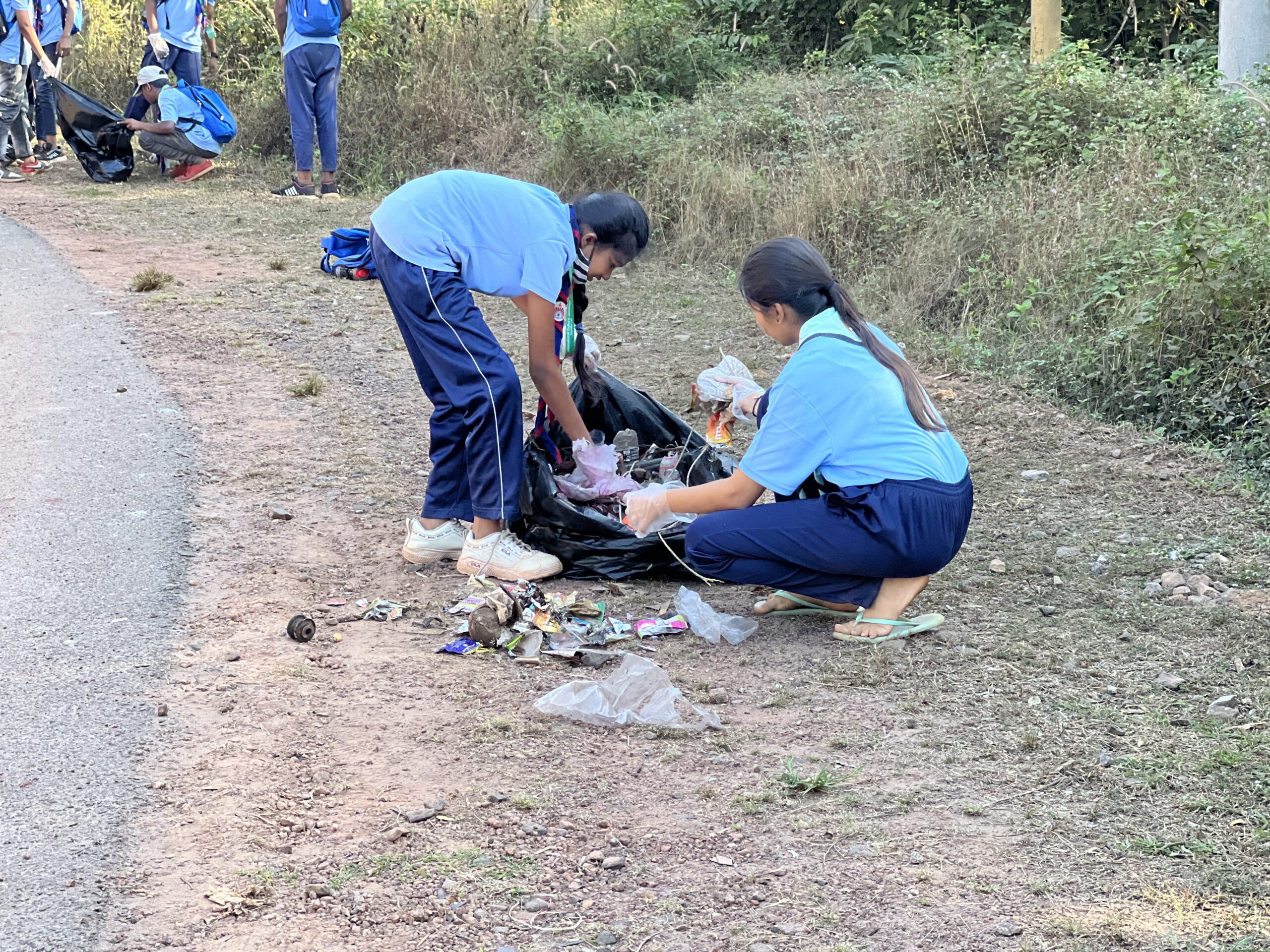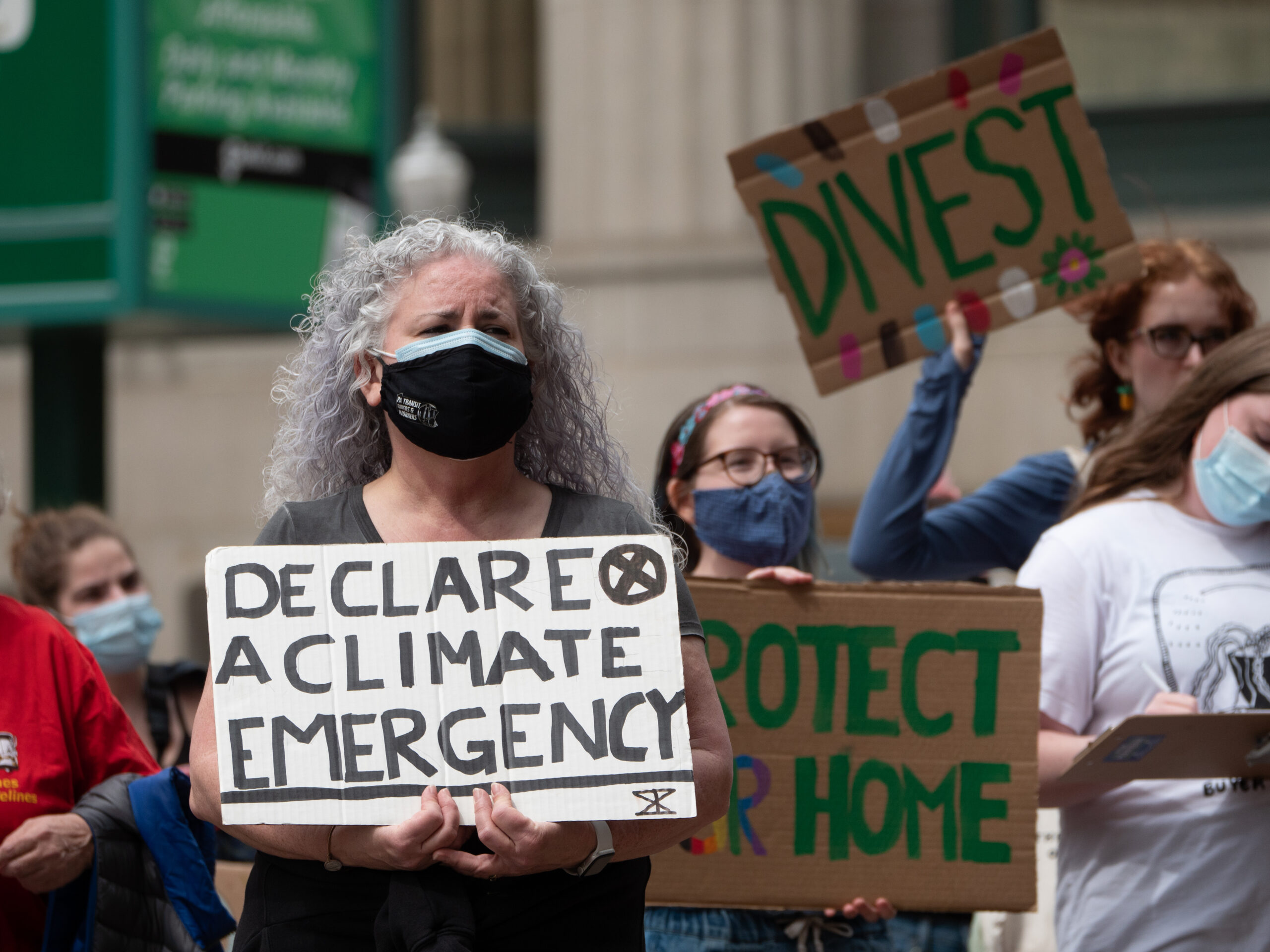- Why Scientists Track Atmospheric Carbon With Giant Towers - October 7, 2025
- The Link Between Melting Ice and Rising Sea Levels Explained - October 6, 2025
- How Ocean Currents Help Regulate Global Climate - October 5, 2025
Understanding climate change is crucial for future generations, and innovative educational strategies are key to making this knowledge accessible and engaging. Educators are increasingly adopting creative methods to teach climate change, ensuring that students not only learn about the issue but also feel empowered to take action. Below are some of the most effective approaches being used today.
Project-Based Learning

Project-based learning is transforming the way students understand climate change. By engaging in real-world projects, students can connect theoretical knowledge with practical applications. For instance, organizing a community clean-up allows students to see firsthand the impact of waste on the environment. Alternatively, designing renewable energy systems provides a tangible way to explore sustainable solutions. These projects not only enhance learning but also foster a sense of responsibility and accomplishment. When students see the real-world implications of their work, it ignites a passion for change and a deeper understanding of climate issues.
Interdisciplinary Learning
Integrating climate change topics across various subjects offers a holistic approach to education. When students explore climate change through science, they learn about the environmental processes and data. Through geography, they understand the spatial and cultural impacts. By incorporating art, students can express their interpretations creatively. This interdisciplinary method ensures that students receive a well-rounded education on climate change, making the subject more relatable and comprehensive. It highlights how climate change intersects with multiple aspects of life, encouraging students to think beyond traditional boundaries.
Use of Technology and Digital Resources
The digital age provides a plethora of tools to enhance climate education. Online platforms and simulations offer interactive experiences that traditional textbooks cannot. Students can visualize climate data and explore its impacts using digital resources, making complex concepts more accessible. Interactive tools, such as virtual reality, allow students to “experience” different climates and ecosystems, deepening their understanding. This technological integration not only makes learning more engaging but also prepares students for a world where digital literacy is essential.
Collaboration with Local Communities
Partnering with local environmental organizations bridges the gap between classroom learning and real-world application. Students gain insights from experts who are actively working on environmental issues, enriching their educational experience. By participating in local initiatives, students see the direct impact of their efforts, fostering a sense of community and stewardship. This collaboration not only enhances learning but also encourages students to become active participants in their communities, making a tangible difference in local environmental efforts.
Climate Change Simulations and Games
Educational games and simulations serve as powerful tools to illustrate complex climate concepts. These interactive platforms allow students to experiment with solutions in a risk-free environment, fostering creativity and problem-solving skills. For example, a simulation might enable students to balance economic growth with environmental sustainability, teaching them about trade-offs and consequences. Games can simplify complex data, making it easier for students to grasp and retain information. This approach not only makes learning fun but also encourages students to think critically about climate solutions.
Youth-Led Initiatives and Activism
Empowering students to lead their initiatives can have a profound impact on their educational journey. By taking charge of climate projects, students develop leadership skills and a sense of agency. Whether organizing school-wide recycling programs or advocating for policy changes, these initiatives allow students to engage with issues they are passionate about. This empowerment fosters a proactive mindset, inspiring students to envision themselves as change-makers. When students take ownership of their learning, they are more likely to stay engaged and committed to the cause.
Focus on Solutions and Positive Actions
Highlighting successful case studies and innovative solutions can inspire students to envision a sustainable future. By learning about real-world examples of positive change, students are motivated to contribute positively themselves. This focus on solutions shifts the narrative from doom and gloom to hope and possibility. Students learn that while climate change is a critical issue, there are pathways to a better future. This optimistic approach encourages students to think creatively and take actionable steps toward sustainability.
Critical Thinking and Debate
Engaging students in discussions and debates about climate policies fosters critical thinking and comprehension of diverse viewpoints. By analyzing different perspectives, students develop a deeper understanding of the complexities surrounding climate change. Debates encourage students to articulate their thoughts and consider ethical implications, enhancing their communication skills. This method teaches students to evaluate information critically, an essential skill in navigating the vast amount of data and opinions surrounding climate issues. It prepares them to engage thoughtfully in future climate dialogues.
Emphasis on Local Climate Issues

Teaching students about climate impacts specific to their region personalizes the issue, making it more relatable and urgent. By understanding local climate challenges, students develop a personal connection and a sense of responsibility. This localized focus encourages students to become stewards of their environment, promoting community involvement and action. When students see the immediate effects of climate change in their own backyard, it emphasizes the importance of local solutions and engagement, reinforcing the idea that every action counts.
Continuous Professional Development for Educators
Providing educators with ongoing training and resources ensures they are equipped to teach climate change effectively. As research and methodologies evolve, educators need access to the latest information and strategies. Continuous professional development empowers teachers to integrate innovative approaches into their curriculum, enhancing the educational experience. This support ensures that educators remain confident and knowledgeable, ultimately benefiting their students. By investing in teacher development, schools can ensure that climate education remains dynamic and impactful.

